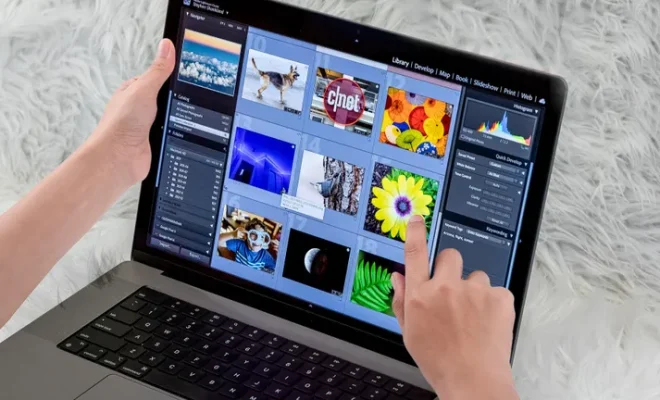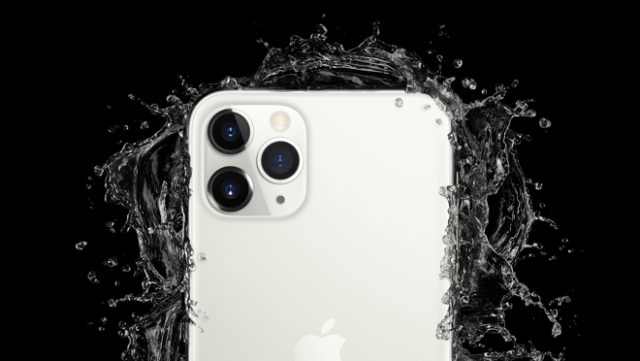Hey, Apple, It’s Finally Time for a Touchscreen MacBook

Introduction:
As we step further into the era of technological innovations, we often witness groundbreaking advancements in personal computers and laptops. Over time, MacBooks have undeniably become the gold standard in high-quality and user-friendly computing. However, Apple has been notoriously resistant to integrating touchscreen technology into its MacBook lineup. The question remains – isn’t it about time we finally see a touchscreen MacBook?
Evolution of Touchscreen Devices:
The first touchscreen device was introduced back in the 1960s – an impressive feat considering the technology available at that time. Fast forward a few decades, and we are now surrounded by touch-enabled devices such as smartphones, tablets, and all-in-one PCs. Touchscreen laptops have also become increasingly popular among consumers.
Benefits of a Touchscreen MacBook:
1. Enhanced User Experience: A touchscreen MacBook would open doors for users to interact more intuitively with their device. Multitouch gestures would allow users to gesture controls and pinch-to-zoom on images or web pages seamlessly.
2. Creative Applications: From designing elaborate illustrations to drafting architectural blueprints, a touchscreen MacBook would undoubtedly contribute to the endeavors of creative professionals by simplifying their workflow.
3. Accessibility: A touchscreen MacBook would be an advantageous innovation for those with physical limitations or reduced motor function, providing a more accessible method to interact with their device.
4. Adaptability: Implementing new technology often means adaptation, and touchscreens are already transforming how we interact with our devices every day. A touchscreen MacBook will only add value.
Apple’s Reluctance:
Despite these benefits, Apple has remained hesitant about incorporating touchscreens into its MacBooks. Apple executives have discredited the idea on multiple occasions, stating that touch features are appropriate only for iPads or handheld devices due to ergonomic concerns.
However, many speculate that this reluctance may be due to Apple’s extensive reliance on its multi-touch trackpad. Furthermore, adding a touchscreen to the MacBooks would blur the line between iPads and MacBooks – a distinction Apple has carefully maintained over the years.
Conclusion:
Touchscreen technology is changing the way we interact with our world, and consumers have been waiting with bated breath for Apple to board this train. As competitors continue to raise the bar, it has become evident that a touchscreen MacBook would not only enhance user experience but also inevitably propel Apple into the future of personal computing. It’s about time for Apple to take the plunge and provide users with this long-desired innovation.






